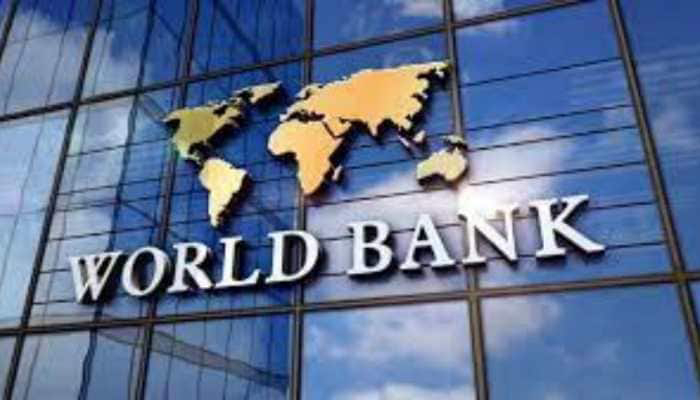Fishery Financial Management and Insurance ;
These include cash in hand, cash at bank, stock or inventory, bills receivable or short term investments.
Net working capital: it implies the excess of current assets over current liabilities. Broad classification of sources of finance
Institutional and non-institutional sources
Under institutional sources
Cooperative organizations:cooperative societies, cooperative banks (DCCBs)
Others (like RRBs, govt agencies etc)
Non-institutional sources: Professional Money lenders, relatives and friends, etc.
Non Governmental Organization
As Non-Governmental Organizations work at the village level they become the Vehicle for donor agencies program implementation. Firstly, Capital Investment refers to money used by a business to purchase fixed assets, such as land, machinery, or buildings.
Secondly, Capital Investment refers to money invested in a business with the understanding that the money will be used to purchase fixed assets, rather than used to cover the business' day-to-day operating expenses.
Working capital: working capital means the amount of funds required by an enterprise to finance its day to day operations. Some of the NGOs working in fisheries are Ramakrishna Mission, Lutheran World Service, Don bosco Society, Nehru Yuva Kendra. Current assets are the assets, which are converted into cash within a period of one year. It is that part of the total capital which is employed in short term assets such as raw materials, accounts receivable, inventory, etc. the term working capital is used in two different senses:
Gross working capital: it means the total value of current assets. Current liabilities consist of accounts payable, bills payable, outstanding expenses. The importance or popular project getting momentum is the SHG that is Self Help Group
Private sector
They offer assistance through commercial banks and financial institutions, they are Informal banking system such as Credit Unions, Pawnshops, Saving and Credit association, Landlords, Moneylenders and Traders who lend money or in kind loans. However, the present liberal policies of the banking sector hold a considerable hope for improvement particularly in the fishery sector.
Types of capital:
Investment capital and working or operating capital
Investment capital: The term Capital Investment has two usages in business. These liabilities are payable within a year.
3.2. Nevertheless, the critical role of the middlemen, merchants and traditional money lenders in the chain is still in vogue. World Bank
Some of the World Bank assisted fisheries schemes in India
1.Gujarat fisheries project ($38 million)
Development of harbor at Mangalore and Veraval (Infrastructural facilities, purchase of mechanized fishing boats and dug-out canoes)
2.Andhra Pradesh fisheries project ($35 million)
Infrastructure at Kakinada,Vizag, Nizamapatnam and supply of mechanized fishing vessels and sail crafts
3.Inland fisheries project in five inland states ($9.3 million)
Fish pond development involving 117000 ha water area and construction of 27 modern fish seed hatcheries were to be developed and 14 have come up
4.Reservoir fisheries development project
5.IDA assisted brackish water inland fisheries project in the states of Andhra Pradesh, Bihar, Orissa, Utter Pradesh and West Bengal. As far as Indian Marine fisheries sector is concerned the access to finance goes in this order.
Fish merchants (Middlemen)
Professional moneylenders
Money from relatives, chit funds or local 1.savings
2. Cooperatives banks
3 .State finance cooperatives
4 . Branches of commercial banks and regional rural banks
3.4. Capital and credit requirements of fishery sector at macro and micro levels
Credit requirements of the fishers and fish farmers are being largely met through institutional sources. Kamala Nehru Trust, Tagore Rural Development Society. (when organized in collective manner to improve bargaining power)
3.3. These are community based farmer groups, village associations and cooperatives, which are sources of funds for development. Disadvantage in this system is higher interest rate.
Community or Groups
It is becoming popular. Much of the fund is generated through group savings. They follow micro finance through Group-based Rural Finance Projects (GFPs) and Community based Resource Management Program. Role of co-operatives in fish marketing
Fishermen's co-operatives are often seen as ways of improving marketing, involving bottom-up pressure by those who most stand to benefit from the improvements.
Fishermen who pool their resources can improve local storage facilities; acquire collector boats and mini ice-plants.
They can greatly improve the physical handling of fish in the catching-assembly phase, where the greatest handling problems have been demonstrated to exist (since the quantum fish each fisherman handles is small)
They can greatly increase their share of the wholesale value of the catch at the expense of middlemen. The best example is self-help groups (SHGs).
Non-institutional sources
It includes resources in the form of labour
Some of the World Bank assisted fisheries schemes in India
1.Gujarat fisheries project ($38 million)
Development of harbor at Mangalore and Veraval (Infrastructural facilities, purchase of mechanized fishing boats and dug-out canoes)
2.Andhra Pradesh fisheries project ($35 million)
Infrastructure at Kakinada,Vizag, Nizamapatnam and supply of mechanized fishing vessels and sail crafts
3.Inland fisheries project in five inland states ($9.3 million)
Fish pond development involving 117000 ha water area and construction of 27 modern fish seed hatcheries were to be developed and 14 have come up
4.Reservoir fisheries development project











0 Comments